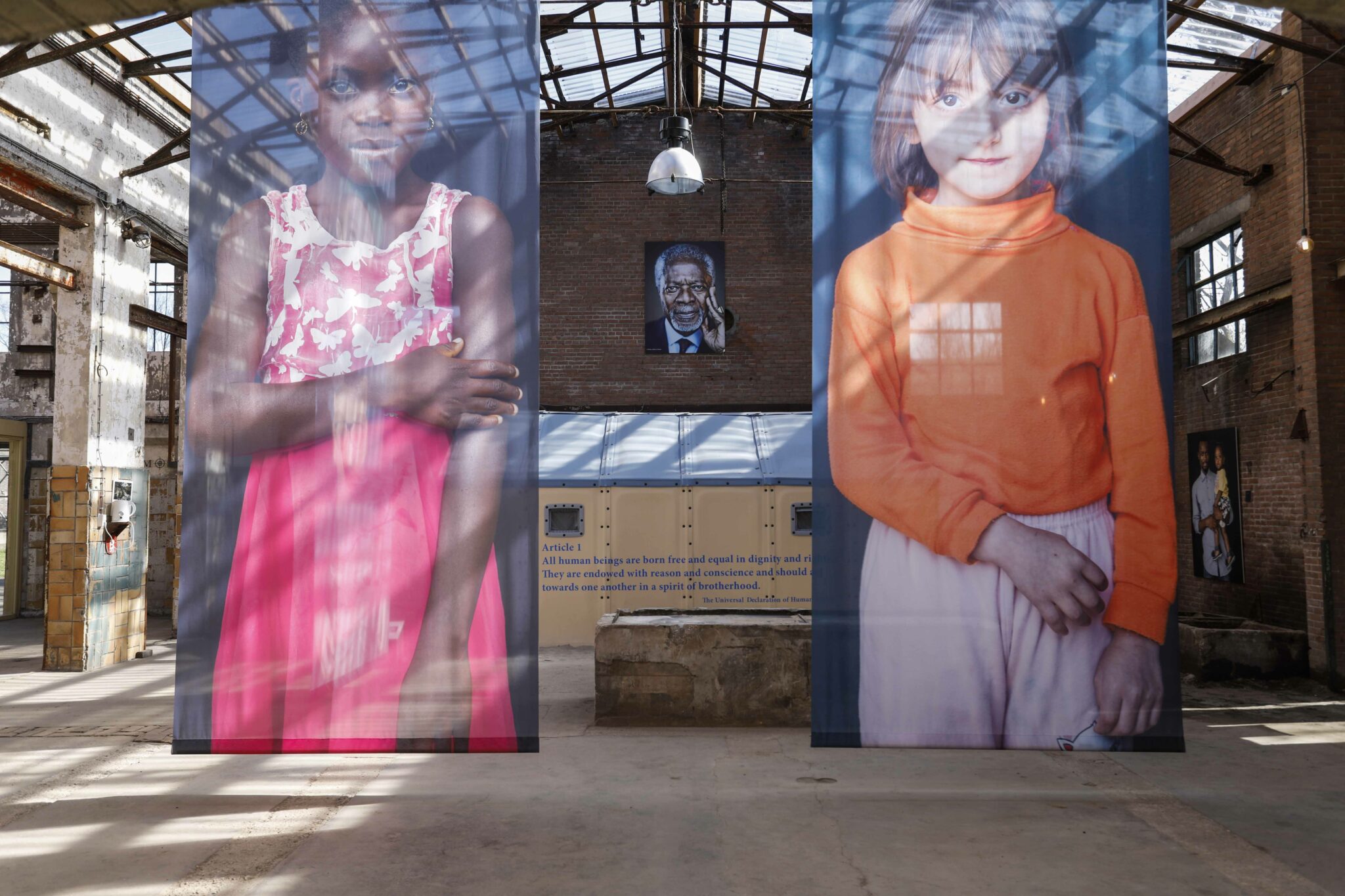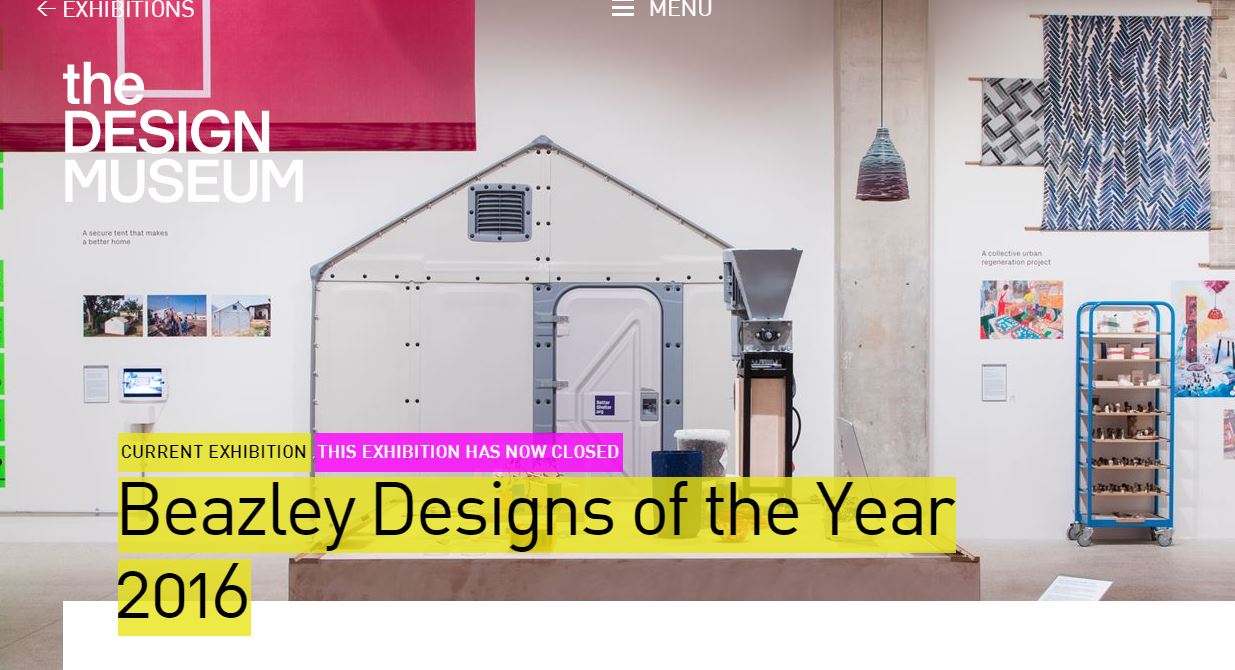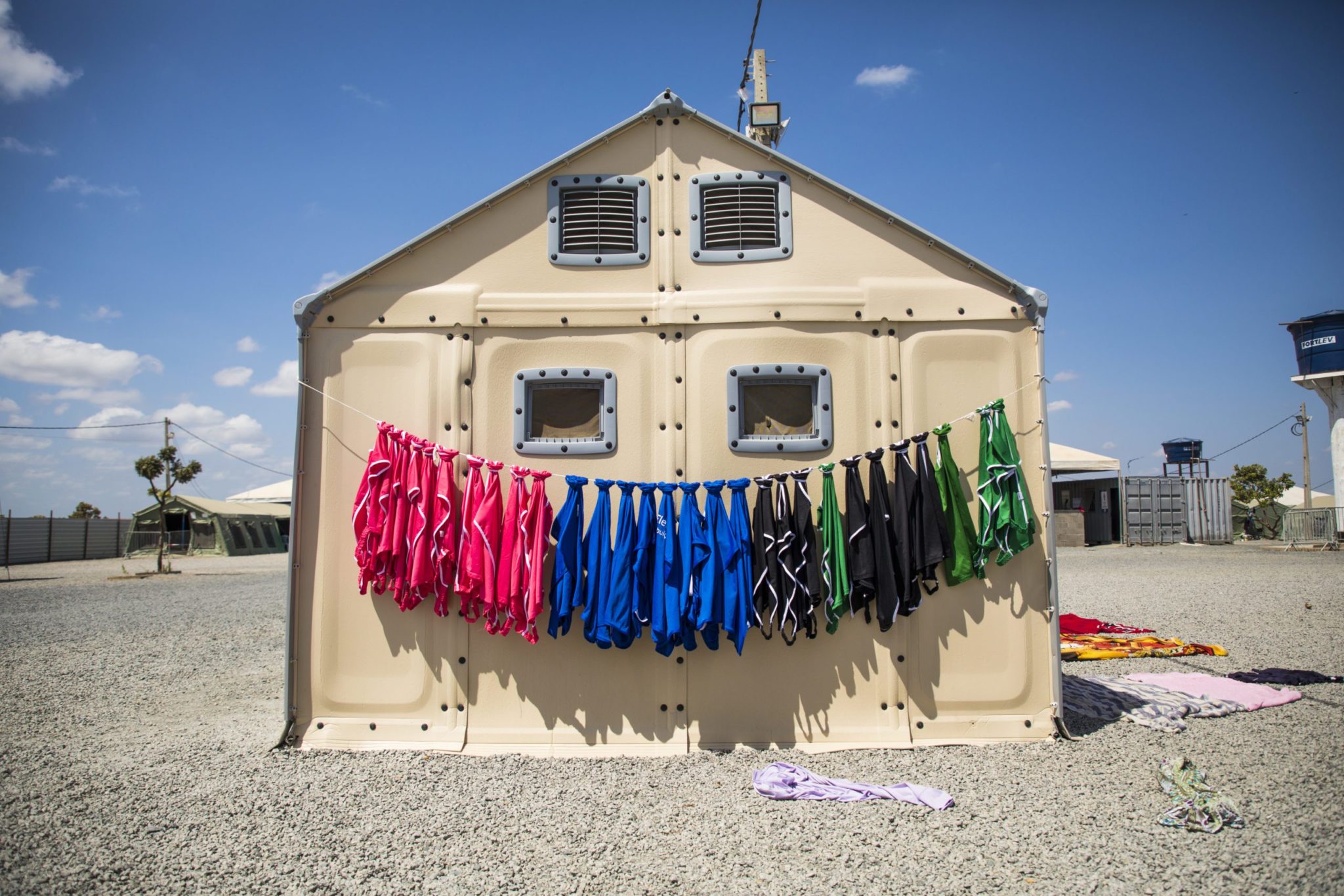The Dutch photographer and former humanitarian health worker Ruben Timman had a dream in 2001 while on a photo report assignment in Vietnam. In this dream, he was guided through the “Museum of Humanity” by Kofi Annan. The museum was sadly run down – the glass display cases were shattered, the lighting was poor, and everything was covered in dust. And no one seemed to care that the museum had been forgotten. Timman was unable to shake the dream off. When he returned to the Netherlands a year later, he was shocked to realise that nobody seemed to care about what was happening in Cambodia or any other humanitarian crises worldwide. Having seen the power of visuals in the film The Killing Fields about the Cambodian genocide, Ruben decided to become a photographer to be able to show people the injustice and suffering of so many through imagery. He began photographing people of all ages and from all walks of life for a collection of portraits that would later form the basis of the Museum of Humanity.
Eighteen years after his dream, the museum opened in Zaandam, the Netherlands, last month in an old factory building. Museum visitors can also step into a Better Shelter unit and get an idea of what the home of a refugee family may look like.
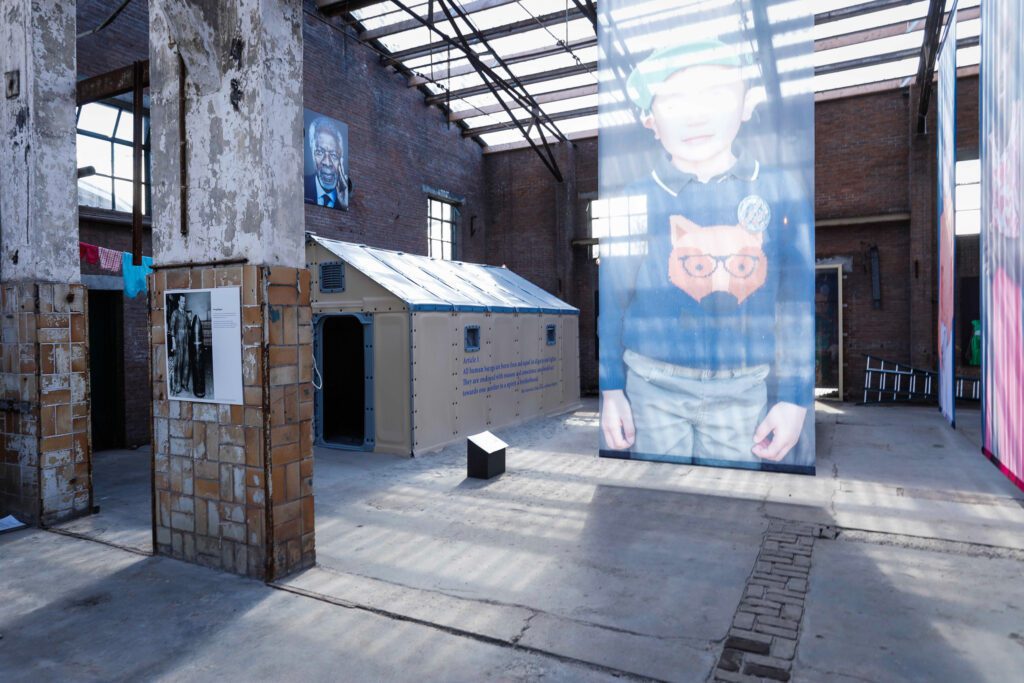
Why is this museum important?
Ruben Timan: It is more important than ever before to celebrate humanity. At the same time, it is a timeless message, and we must remind ourselves of our beauty and dignity repeatedly. I recognise the museum’s sad state in my dream in current times. Different groups live next to each other instead of with each other; political parties are getting increasingly extreme on both ends of the political landscape. The tolerance for people who are different to us sometimes seems to be lower than ever. Yet, as with the timelessness of the importance of reminding ourselves about the beauty and dignity of humanity, this beauty and dignity itself does not depend on a specific period or location. With my portraits, I want to show the beauty and dignity of humanity independent of the context in which people live.
How do you want visitors to feel when the leave the Museum of Humanity?
RT: We want them to know how valuable and beautiful people are. When they leave the exhibition, we would like them to look at others with different eyes – to see beauty and dignity in their neighbour or the person standing next to them in front of the traffic lights. And to see that same beauty and dignity in a refugee in a country miles away from their home or someone who looks completely different.
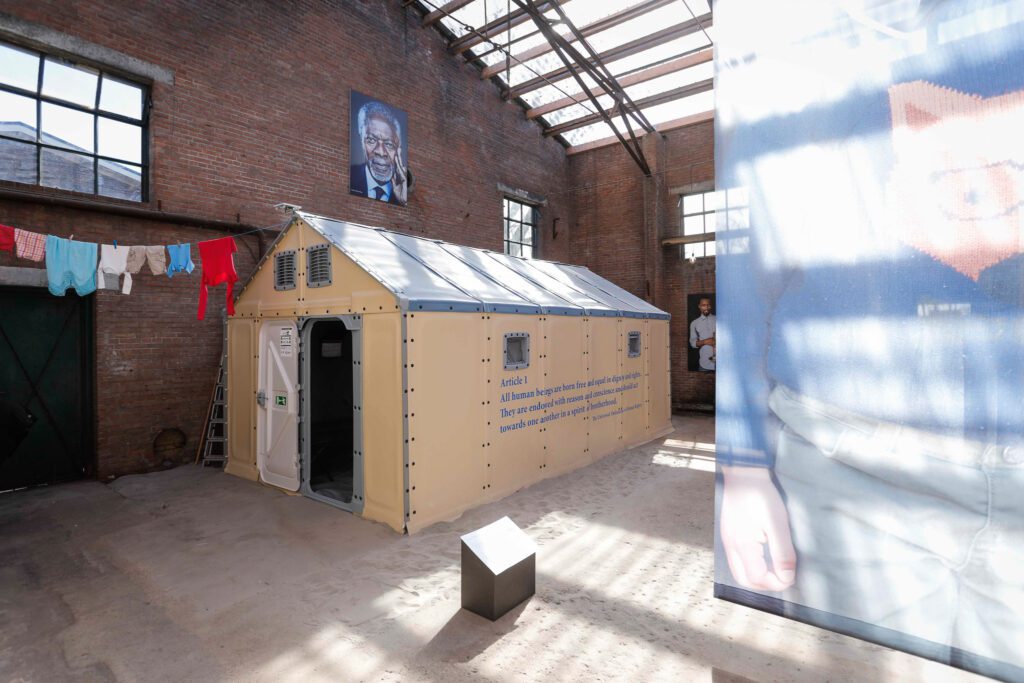
You have photographed thousands of people – how does most often come to mind?

RT: 2016 I travelled to Iraq to report on the refugee crisis. In Ainkawa, I visited an elementary school. The city had been taken by the Islamic State two years earlier: a human tragedy. More than 50,000 people fled in total panic. Among them was Melek – a six-year-old girl. When I walked into the schoolyard, a square surrounded by classrooms, she caught my eye with her ashen skin and white hair. I asked the teachers for permission to photograph Melek and four other children. When I started photographing her, I noticed she could not look me in the eyes. She could not bear daylight because of her albinism, and this was most likely not her only pain. The internal injuries must have been much worse. We had to part quickly after the school bell rang, so I only had her name and age. As the Museum of Humanity gained more attention, I found that Melek’s portrait moved people. It was often used for articles in newspapers and magazines about the Museum of Humanity, and I decided I had to find out more about her. With the help of my contact person in Iraq, I found her fairly quickly in the summer of 2018.
Melek and her parents allowed me to share her story: she spent three years in a camp for internally displaced persons with her mother, Ekhlas, her father, Amer, her sister, Darivan and her brother, Muhanadin. Her memories of their escape are mainly about the fear she felt of the overwhelming noise of artillery gunfire. When the family finally returned home, they found it in ruins – damaged and plundered. Her toys were gone, including her favourite battery-run car. With help from the church, they restored the house. Her father, Amer, found a job in a cafeteria, and the children returned to school. Melek is bright, and her grades are good. Her favourite subjects are mathematics and sports. Because of her condition, she needs adjustments. Her vision is not good, and she has to walk up to the blackboard to read what the teacher has written because she does not have good glasses. Her poor vision prevents her from participating in the annual sports event and music lessons, and she cannot play outside since her skin is so sensitive to sunlight. Her older sister, who has the same condition, stayed home from school for a period because of the bullying. She has dyed her hair so as not to stand out so much. But Melek does not seem to care so much when children bully her. Melek’s name suits her fragile appearance. It means ‘angel’.
What do you have planned for the museum’s first year?
RT: We will start organising ‘Museum of Humanity Movie Nights’ when we screen movies about humanity’s beauty and dignity. We will also open our first outdoor exhibition in May in Warburg, Germany, where portraits will fill the streets of the old city centre. I’m excited about our first exhibition outside the Netherlands and hope the Museum of Humanity will spread worldwide. My ultimate dream is to have a Museum of Humanity exhibition at the United Nations headquarters in New York. It would be opened by the Secretary-General of the UN and visited by people from all over the world because I believe it is more than just a building with portraits. It is a way of looking at humanity and the world.
Read more about the Museum of Humanity here.

